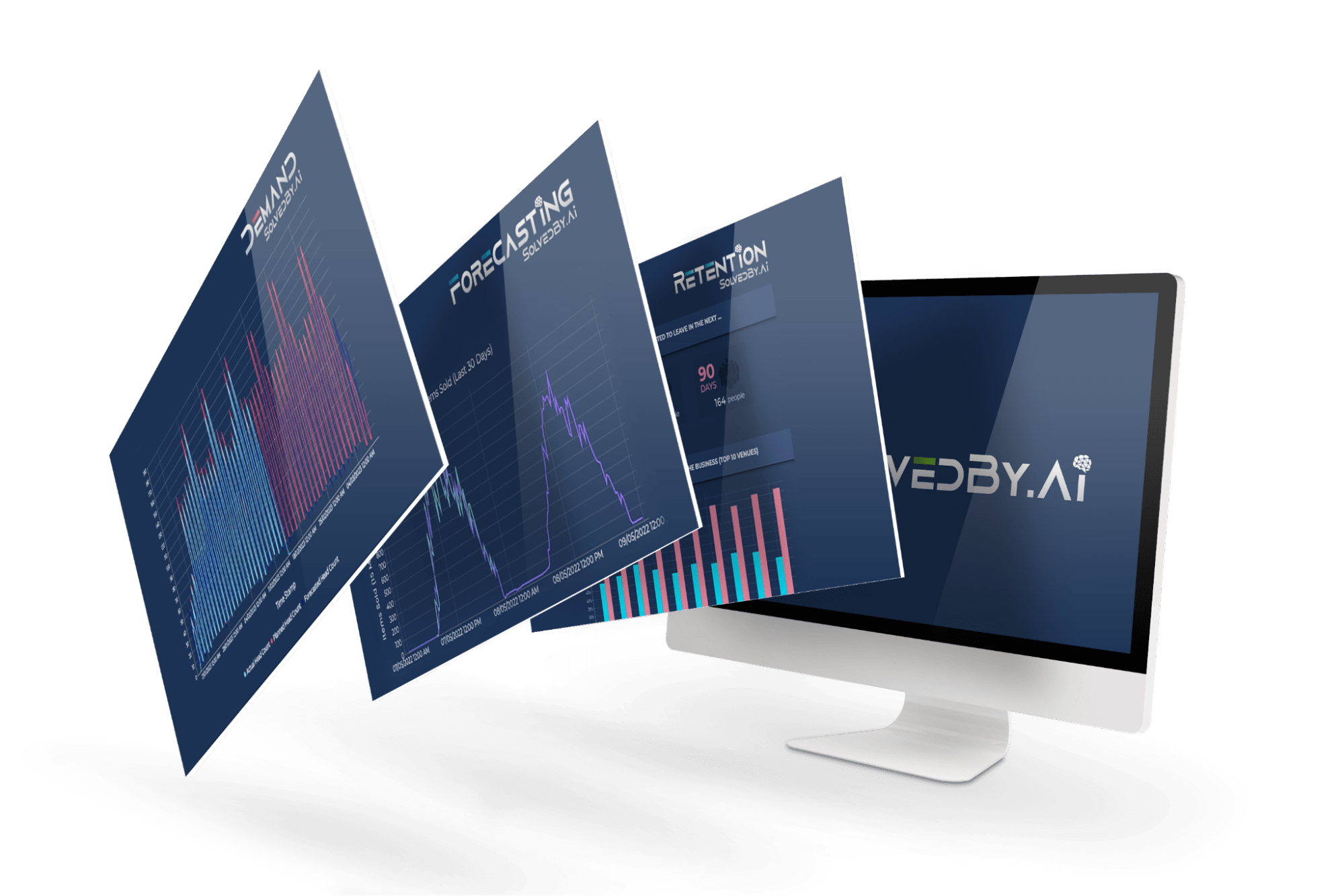This workforce optimization glossary provides an overview of commonly used terms and abbreviations related to workforce optimisation and the use of artificial intelligence and machine learning in scheduling tools. It explains the meaning of specific jargon, acronyms and technical terms.
A/B testing
A/B testing consists of carrying out a randomized experiment that typically involves two versions, though it can also extend to multiple variants of the same factor.
Artificial intelligence
A concept in Computer Science is to develop intelligent machines that can match human reasoning and decision-making.
Demand curve
The amount of labour hours an employer is willing to schedule is determined by external factors such as wage rate and customer demand. Displayed as a graph often in one-hour segments.
Forecast
Estimate or forecast (some future event or condition) based on an analysis of existing relevant data.
Labour Demand
Is the estimated amount of hours required for each role in each department/store over a given period of time?
Labour standards
Timing of a worker’s completion of a particular task or activity.
Machine learning
AI subset where machines learn from data patterns without being explicitly programmed to do so.
Optimisation
Maximizing the potential of a situation or resource.
Reinforcement learning
An AI-driven system can utilize trial and error, obtaining feedback from its actions to gain knowledge. Utilizing a scoring system to “reward” it for producing desirable results is often employed
Schedule Optimisation
Maximising available staff to meet the desired number of shifts is the aim of optimising schedules. This involves taking into account a variety of factors such as demand, budget, compliance, staff preferences, fairness and more. Creating the ideal schedule is a complex process, so modern systems now lean on Artificial Intelligence (AI) or machine learning to create the optimal schedule.
Structured data
Data is stored in a table, with labels for each column and row.
Supervised learning
A subcategory of machine learning in which an algorithm must be trained to classify data or predict outcomes accurately before it can be used.
Unstructured data
A collection of diverse, natively-stored data, such as video, image, and audio files, which often lack metadata or have insufficient metadata to enable AI training. This unstructured data must be labelled before it can be utilized by a data scientist.
Unsupervised learning
A Machine Learning Algorithm that discovers patterns from unlabeled data. This algorithm generates outputs such as predictions or plans from the acquired model of the data.
Volume Driver
A variable factor with a high correlation to staffing levels, such as number of items sold.
WFO
Stands for Workforce Optimisation
Workforce Optimisation
The process of optimising the number of workers per hour, so that customer demand is met.








